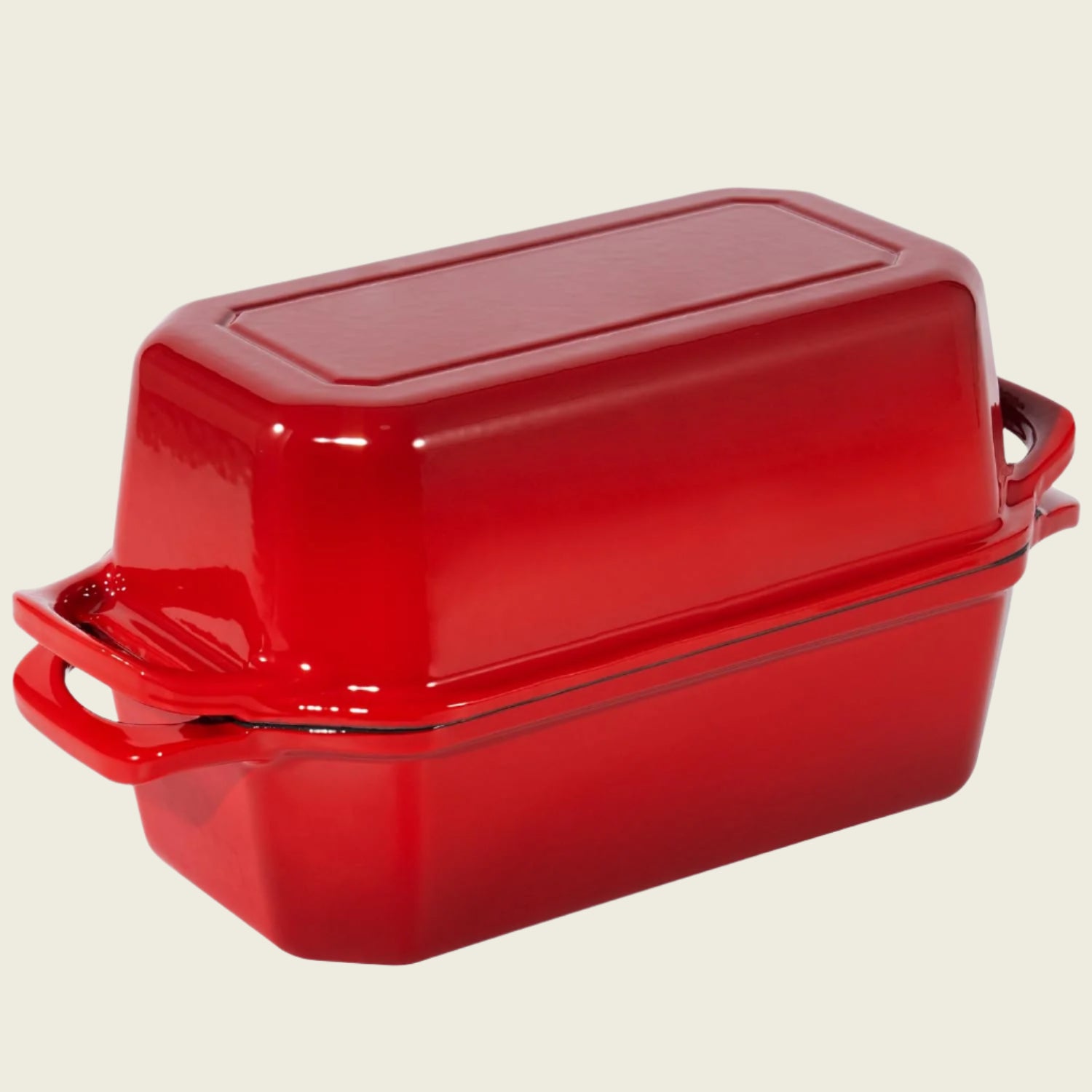Unlock the Hidden Flavors of Mushrooms
Share
Mushrooms are one of the most misunderstood foods in the kitchen. Most people treat them like vegetables—something to sauté quickly or toss into a salad. But mushrooms belong to an entirely different biological kingdom: fungi. They’re neither plant nor animal, and that distinction shapes everything about how they should be handled, cooked, and even understood.
Unlike plants, fungi don’t rely on photosynthesis. Their cell walls contain chitin—the same structural compound found in the shells of crabs and insects—and their membranes hold ergosterol instead of cholesterol. This unique makeup gives mushrooms their signature texture and remarkable versatility in the kitchen.
The Right Way to Clean
Mushrooms need gentle but thorough cleaning. Because they’re porous, soaking them under running water can make them soggy and prevent proper browning. Instead, give them a quick rinse under cool water just before cooking—no long soaking—and immediately pat them completely dry with a clean kitchen towel or paper towel. For wild or dirtier varieties, use a soft brush or a damp cloth to remove every trace of soil. This way, you get clean, firm mushrooms without compromising their texture.
The Art of the Perfect Sauté
Cooking technique makes or breaks mushrooms. To get that golden, flavorful sear:
-
Use high heat. Mushrooms hold a lot of water. On low heat, they’ll steam and turn rubbery. High heat helps the moisture evaporate fast.
-
Don’t skimp on oil or butter. Once their moisture cooks off, mushrooms soak up fat quickly. Keep the pan lubricated to prevent burning.
-
Avoid overcrowding. Too many mushrooms in one pan trap steam and prevent browning. Cook in batches for the best results.
-
Tear, don’t always slice. For wilder varieties like oyster or maitake, tearing them by hand creates natural textures that crisp beautifully.
These steps do more than improve texture—they dramatically increase umami, the savory depth mushrooms are famous for. When exposed to high heat, the Maillard reaction amplifies umami up to sevenfold, creating that irresistible richness that makes dishes like mushroom burgers or risottos so satisfying.
Cooking for Nutrition
How you cook mushrooms also affects their nutritional profile. Research has shown:
-
Boiling is the worst method—it causes valuable proteins and antioxidants to leach into the water.
-
Microwaving can increase some nutrients but reduce antioxidants.
-
Frying, surprisingly, retains the most nutrients. Oil acts as a protective barrier, preventing nutrient loss while enhancing absorption of fat-soluble compounds.
For preservation, drying is more effective than freezing. It concentrates nutrients and keeps the structure intact, while freezing can damage cell walls.
Nature’s Only Plant-Free Source of Vitamin D
Mushrooms are also unique in another way—they’re the only natural, non-animal source of vitamin D. When exposed to UV light, a compound in their cells converts into vitamin D2, making them an excellent dietary addition for anyone limiting animal products.
The Third Kingdom, Still Full of Mysteries
Even with all we know, fungi remain one of nature’s great frontiers. Take oyster mushrooms—they’ve been found to be carnivorous, releasing toxins that paralyze tiny worms in the wood they grow on. The fungal kingdom is vast, mysterious, and still largely unexplored.
Final Takeaway
Cooking mushrooms well is both art and science. The right heat, space, and fat unlock not only incredible flavor but also better nutrition. Whether you’re pan-searing creminis for dinner or foraging for chanterelles on a cool morning, remember—you’re not just cooking a vegetable. You’re working with one of nature’s most fascinating and powerful foods, born from the mysterious Third Kingdom.
